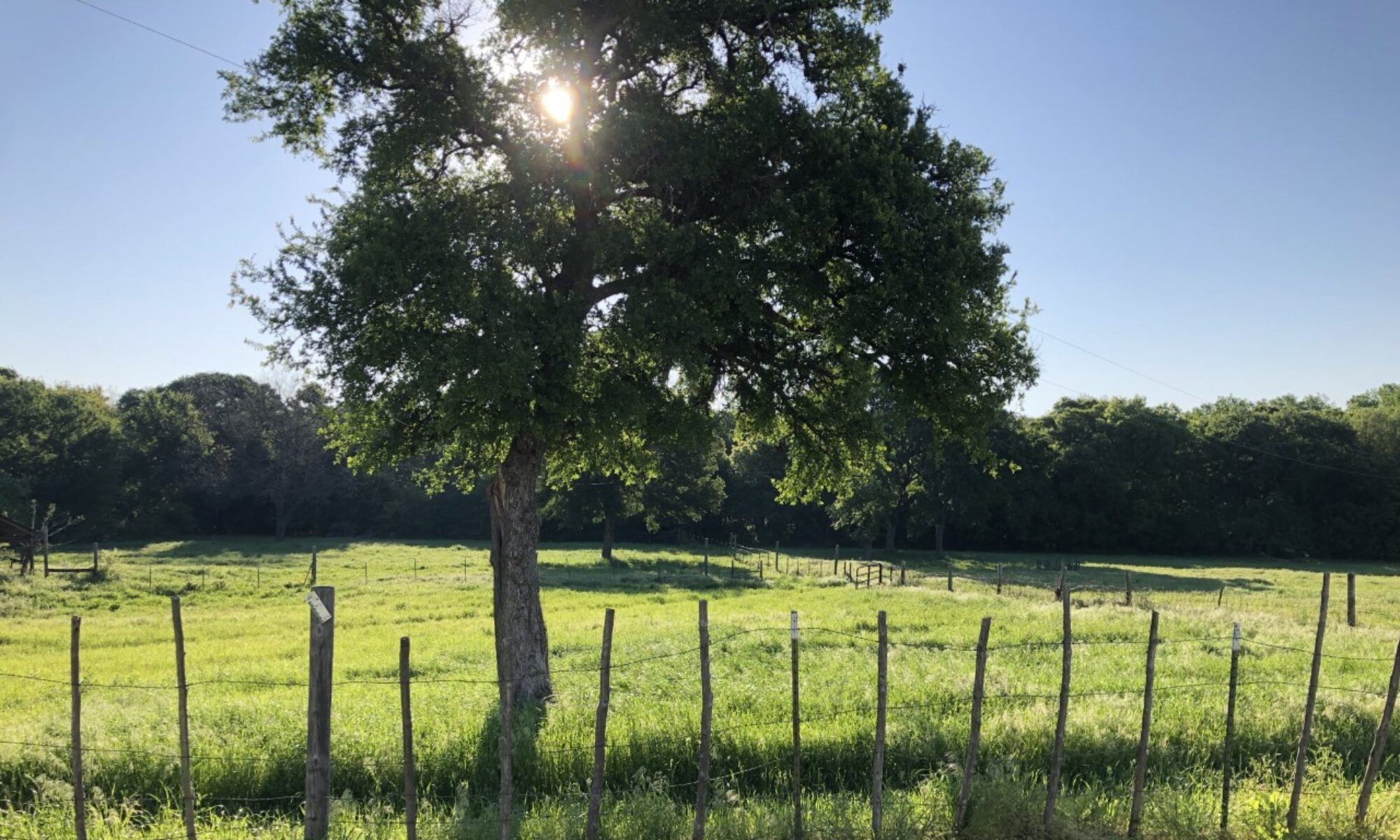Part of the fun in homestead farming is the power tools. Drills, impacts, sawzalls…and tractors running a woodchipper.

Winter is coming and after the deep freeze last year, no more joking around for us. The pole barn is being rearranged to optimize space. Animals will stay on concrete floor areas for easy cleaning. Then we will be keeping hay separate from the animals.

The plan is inspired from some Joel Salatin writing on the wonders of using wood mulch as bedding in the winter. It soaks up the free fertilizer and can be converted to soil. To help the conversion in the spring, you put some corn in between your layers of mulch. Then the pigs dig up the corn and aerate the mulch in the spring. To do this, we need more chips.

Jenny has thought a woodchipper was a good idea for months. Over the summer she had a Don Quixote fixation with cutting tree branches down. They helped to feed leaves to the goats. It also helps grass grow under the trees to get more sunlight to the ground under the canopy.

Between that effort and the brush clearing to fix fences last year and this year, we have wood to burn.
Or in this case, chip into mulch, scatter as bedding, scatter some corn kernels amongst the bedding, put more mulch on it, then turn the pigs loose to till it all up into fluffy garden soils for the spring.






























